General Info – summary
This widespread evergreen Tree with its densely branched crown is up to 14m high or is a shrub. Roots are up to 7m long. Young branches are squarish. Simple, decussate Leaves are bicoloured, opaque and shine in the sun. Small whitish bisexual regular and 4-merous Flowers are in panicles. Two stamens and a single pistil are present. The superior ovary has a bilobed stigma. Edible Fruit is a small 1-seeded drupe.
Description
Olea europaea subsp. africana
Previous Names: Olea africana, Olea buxifolia, Olea chrysophylla, Olea europaea subsp. cuspidate, Olea europaea var. verrucosa, Olea laurifolia, Olea sativa var. verrucosa, Olea verrucose.
SA Tree No. 617.
Common names: (Afr) Oleenhout, Oleunhout, Olienhout, Olievenhout, Oliewenhout, Olyfboom, Olyfhout, Swartolienhout, Swartolievenhout, Swartolyfhout, Vaalolien, Wilde-olien, Wilde-olienhout, Wildeolyf, Wildeolyfboom, Wildeolyfhout, Ysterhout. (Eng) African Olive, Coast Assegai, Ironwood, Olive Wood, Wild Olive. (isiXhosa) Umncuma, Umnquma. (isiZulu) Umhlwathi, Umnqumo, Isadlulambazo. (Northern Sotho) Mohlware, Motlhware. (Setswana) Motlhware, Mutlhwari. (siSwati) Umncuma, Umncume, Umnquma. (Tshivenda) Mutwari.
Family Oleaceae (Olive, Jasmine and Privet family). There are about 30 genera and 600 species in this family. Members can be climbers, shrubs or trees. Leaves lack stipules, are usually opposite and may be simple or compound. The actinomorphic (regular, symmetrical) Flowers are usually bisexual. The Calyx has 4 or more lobes. The Corolla is gamopetalous (united joined petals – at least at the corolla base and is removable as a single piece) and has 4 or more lobes. There are usually 2 epipetalous (born on or arising from the petals) Stamens. The Anthers open by longitudinal slits. The superior, 2-locular Ovary has a simple Style. In South Africa, there are 5 genera and 22 indigenous species. Local genera with trees on this website include Schrebera and Olea.
Name derivation: Olea – olive. europaea – from Europe. africana – of Africa. This subspecies is closely related to the commercial olive, but the fruit is smaller. There are 4 species of the genus Olea in South Africa. Other species are O. exasperate. O. capensis (3 subspecies) and O. woodiana. Olea europaea subsp. africana is the only subspecies that occurs south of the Zambezi River.
Conservation Status: L C. (Least Concern). Assessment: 2005 (W. Foden and L. Potter).
Tree
The Crown of this tree is densely branched, rounded and spreading. The spread of the branches (photo 548) is up to 26m. This Tree may reach 14m and occasionally 18m high. In forests it can be a shapely rounded tree with a single Trunk. The bark may become twisted, rough and knobbly with age. The tree may also be multi-stemmed (Photo 437). Under poor environmental conditions, it can be a stunted shrub. In 4-angled young branches (photo 573 & 445) the Bark is initially smooth with Lenticels (usually raised corky oval or elongated area on the plant that allows uncontrolled interchange of gases with the environment). These become more obvious as the branch matures slightly (photo 575). Young branches are pale green to grey and distinctly squarish in cross section (photo 339). The mature striated bark (Photo 977) becomes rough, grey to dark brown or blackish, and may be fissured. It may also flake in vertical strips (Photo 437). No Thorns or spines are present.
- 548. 2014/10/30. Pretoria NBG. Photo: David Becking.
- 437. 2014/02/25. Walter Sisulu NBG. Photo: David Becking.
- 977. 2014/10/14. Linden. Photo: David Becking.
- 339. 2015/11/09. Linden. Photo: David Becking.
- 575. 2018/01/29. Linden. Photo: David Becking.
- 573 2018.01.29 Linden. Photo: David Becking.
- 445. 2019/09/24. Linden. Photo: David Becking.
Leaves
This evergreen tree has hairless Leaves that are simple (have a single blade which may have incisions that are not deep enough to divide the leaf into leaflets). They are leathery and bicoloured and the dark upper surface glitters in the sunlight. This important characteristic also occurs in Englerophytum magalismontanum and Rhamnus prinoides. The drooping leaves are lanceolate, oval (usually in stunted trees), oblong or narrowly elliptic. Leaves are up to 10 x 2,4cm – usually less, and are frequently more than 4 times longer than they are wide (photo 572). Leaves are decussate (arranged in opposite pairs each at right angles to the next pair above or below i.e. rotated 90 degrees along the stem when viewed from above – photos 573 under Tree and 355 under Flower). The Midrib is indented above and protrudes below (photo 572). The Upper side of the leaf is grey-green to shiny dark green. The Lower side is much lighter, greyish or yellowish to golden green due to presence of tiny scales, which require a strong hand lens to see. Side Veins are indistinct, forming straightish lines and joining with a vein running close to the margin. When the translucent leaves from Euclea crispa are viewed against a strong light, the veins are distinctive. By contrast Olea europaea subsp. africana (African Olive) leaves are opaque (lower leaf in photo 866). This also masks the lateral veins of the African Olive. The Apex is narrowly tapering, often sharp-tipped (photo 572) or rounded and may bend slightly backwards. The Base is narrowly tapering. The Margin is rolled under and entire (with a continuous margin, not in any way indented). The thin Petiole (leaf stalk) is up to 1,3cm long. Stipules (basal appendages of the petiole) and Domatia (tiny chambers produced by plants that house arthropods) are absent. Torn leaves have fibrous edges.
- 572. 2018/01.29. Linden. Photo: David Becking.
- 866. 2016/11/29. Walter Sisulu NBG. Photo: David Becking.
Flowers
The slightly sweetly scented, 4-merous Flowers are very small, bisexual and actinomorphic (Regular, symmetrical. Flowers are vertically divisible into similar halves by more than 1 plane passing through the axis). Flowers are contained in many flowered relatively short Panicles (indeterminate, branched inflorescence with stalked flowers – photo 970). Individual flowers are greenish white, white or cream coloured. They are in loose axillary heads originating in leaf axils (photo 355) or occasionally at the ends of branches (photo 970). The persistent Calyx is cup-shaped, 4-lobed and up to 1cm long. The white Corolla is joined forming a very short tube ending in 4 lobes. The 2 Stamens are attached near the end of the corolla tube. Anthers are dorsifixed (attached by or at the back) with extrorse (turned outwards) dehiscence through longitudinal slits. There is a single Pistil (a unit of the Gynoecium, the female element of the flower, composed of the Ovary, Style and Stigma) with a 2-lobed, nearly spherical, superior Ovary containing 2 pendulous ovules. The simple Style ends in a bilobed Stigma. (Oct-Feb).
- 355. 2014/10/24. Linden. Photo: David Becking.
- 970. 2014/10/14. Linden. Photo: David Becking.
Fruit
This tree bears heavy crops of Fruit. The small thinly ellipsoidal fruit is a thinly fleshy Drupe (a 1-seeded indehiscent fruit with the single seed enclosed in a stony endocarp; stone fruit like a peach – (photo 264). It is this smaller size – up to 1,2 x 0,9cm of the fruit that mainly distinguishes it from the larger European olive. The Pericarp or fruit wall has 3 layers – the outermost layer or epicarp, the middle layer or thin fleshy mesocarp – like the juicy part in a peach, and inner layer or endocarp which surrounds the seeds – like the woody peach pip. Fruit may end in a pointed tip. The initially shiny green fruit (photo 264) matures to a reddish and finally purplish black colour. The fruit is edible (not very juicy or tasty) and has a single seed containing endosperm (the starch and oil-containing tissue of many seeds; often referred to as the albumen). (Feb-Jul).
- 264 2018.09.11 Kirstenbosch NBG. Photo: David Becking.
Distribution & Ecology
This Tree is widespread in various habitats, occurring in all South African provinces: e.g., in the kloofs of Table Mountain and Clanwilliam in the Western Cape, Addo scrub of the Eastern Cape, rugged and stony mountains of the Karoo, at altitude in Barberton in Mpumalanga and along the banks of the Orange River. It also occurs in Lesotho, Swaziland, Namibia, Ethiopia, Arabia and India. This potentially deep-rooted tree is a survivor and can grow in extreme environments conditions. Roots can penetrate up to 7m deep – helping the tree survive some distance from rivers compared to many other plants. It is frost hardy to -5⁰C and drought resistant and occurs in a variety of habitats including ravines, rocky hills, bushveld (a sub-tropical woodland ecoregion of southern Africa). When growing in moist sheltered kloofs, the tree is tall and shapely. Where there are strong winds or bad weather, the plant is reduced to a shrub or stunted tree. Birds including Mousebirds and many different Bulbuls consume the Fruit. Pied and Red-winged Starlings as well as pigeons including the Rameron or Olive Pigeon also feast on the fruit as do monkeys, genets (cat-like animals) and mongooses. The Cape Parrots with their powerful beaks consume the Seeds. Leaves provide good fodder for a variety of animals – especially in dry areas like the Karoo. This is a great shade tree – utilized by many animals. The dense shade under the crown does restrict the number of other plants growing there.
Ethnobotany
The close-grained Wood is very hard, dense, durable, and resistant to termites and borers. The sapwood is yellowish brown but the attractive heartwood may be red-brown or nearly black with dark figuring (photo 168). It is easy to work and makes good quality furniture that takes a fine finish. It is also used for fence posts, bows, fighting sticks and fuel. Sharpened sticks are used to dig holes in the ground. The Fruit is edible but not very juicy or tasty. Extracts from mature fruit has been used to make ink. The commercial olive can be grafted onto it. Here it benefits from the stronger roots. Fruit can be used to made ink. Boiled Leaves can be used instead of tea. I boiled 25 green leaves for 10 minutes and made tea (1 spoon of sugar and one drop of milk). It tastes slightly bitter but is not unpleasant (photo 352 – before the milk was added). Leaves are a good fodder supplement and are used to make snuff. Aqueous extract of the leaf has been shown to have an effect against diarrhoea in mice. The tree is easy to Grow from seeds or cuttings, but the growth rate is slow. Keep trees away from buildings – the tree has an aggressive, invasive root system as part of its survival strategy. It is a good bonsai or container plant. Oleuropein is the main bitter glycoside present in olives and is removed when olive oil is produced. Hydroxytyrosol, the principal degradation product of oleuropein is present in olive oil. Both have been linked to reduction of coronary heart disease and certain cancers. The tree is used extensively in local medicine. Bees visit the flowers.
- 168. 2018/09/13. Skukuza Nursery. Photo: David Becking.
- 352. 2015/11/09. Linden. Photo: David Becking.
References
Boon, R. 2010. Pooley’s Trees of eastern South Africa. Flora and Fauna Publications Trust, Durban.
Burrows, J.E., Burrows, S.M., Lotter, M.C. & Schmidt, E. 2018. Trees and Shrubs Mozambique. Publishing Print Matters (Pty) Ltd. Noordhoek, Cape Town.
Coates Palgrave, M. 2002. Keith Coates Palgrave Trees of Southern Africa, edn 3. Struik, Cape Town.
Foden, W. & Potter, L. 2005. Olea europaea L. subsp. africana (Mill.) P.S.Green. National Assessment: Red List of South African Plants version 2020.1. Accessed on 2023/10/03.
Ginn, P.J. McIlleron, W.G. Milstein, S. 1989. The Complete Book of Southern African Birds. Struik Publishers (PTY) LTD. Third impression 1991.
Lawrence, G. H. M, 1951. Taxonomy of Vascular Plants. The Macmillan Company, New York. Tenth Printing 1965.
Palmer, E. & Pitman, N. 1972. Trees of southern Africa. Balkema, Amsterdam, Cape Town.
Schmidt, S. Lotter, M. & McCleland, W. 2002. Trees and Shrubs of Mpumalanga and the Kruger National Park. Jacana, Johannesburg.
van Wyk, B. & van Wyk, P. 1997 Field guide to Trees of Southern Africa. Struik, Cape Town.
http://www.plantzafrica.com/plantnop/oleaeurop.htm
http://www.ncbi.nlm.nih.gov/pmc/articles/PMC3002804/
http://journals.sfu.ca/africanem/index.php/ajtcam/article/viewArticle/617
http://pza.sanbi.org/olea-europaea-subsp-africana
http://posa.sanbi.org/flora/browse.php?src=SP

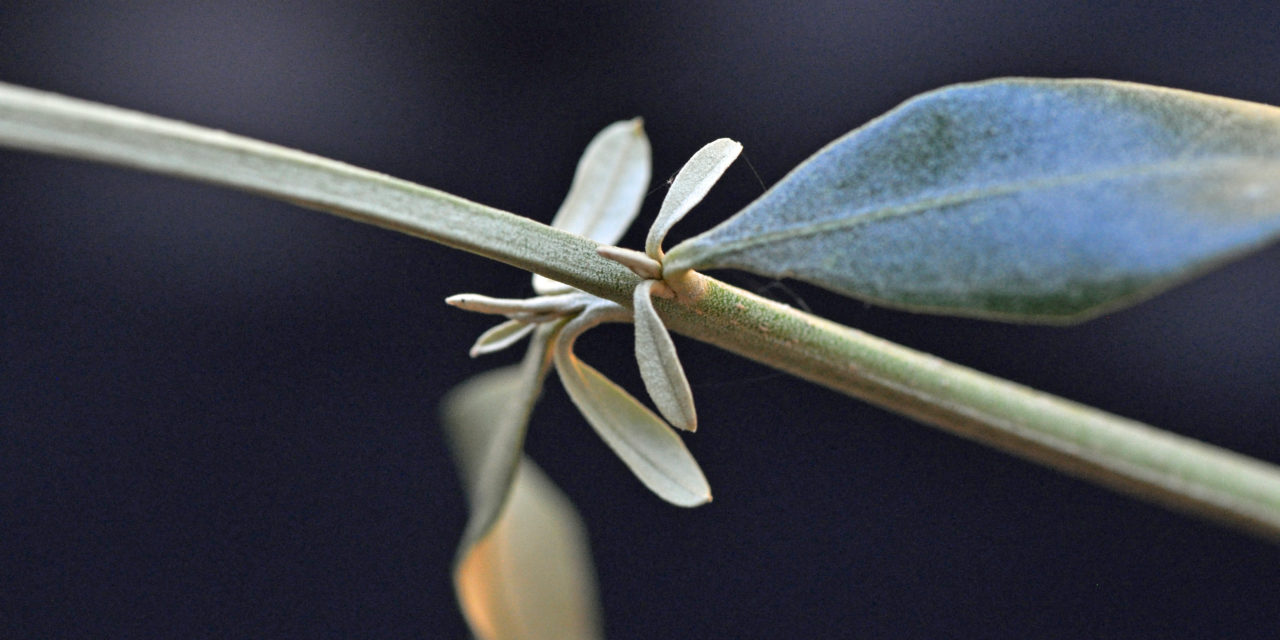
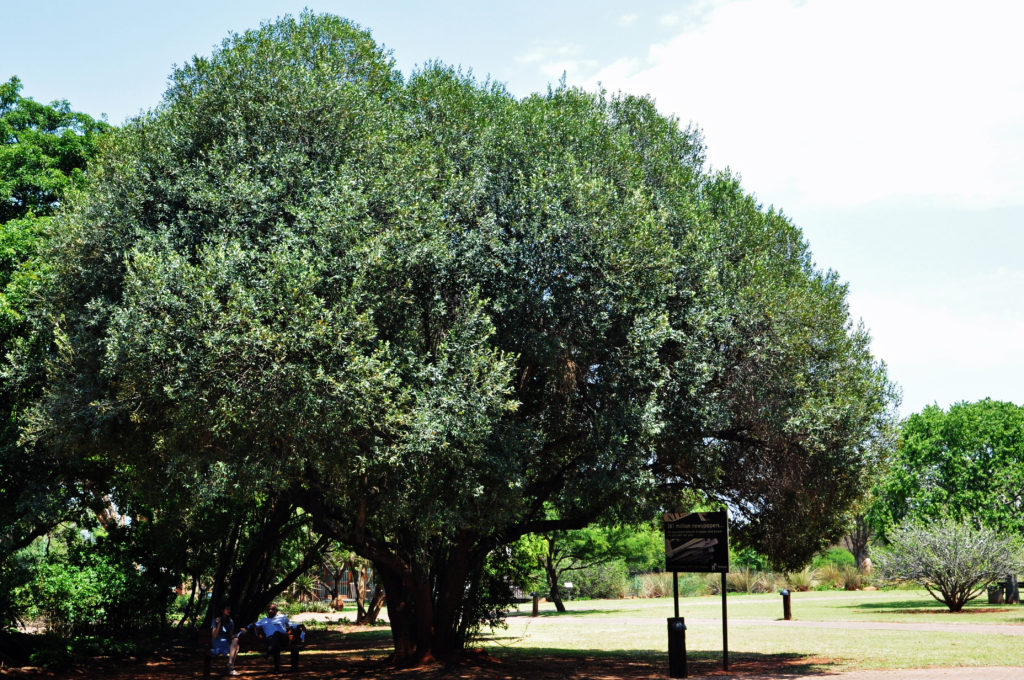
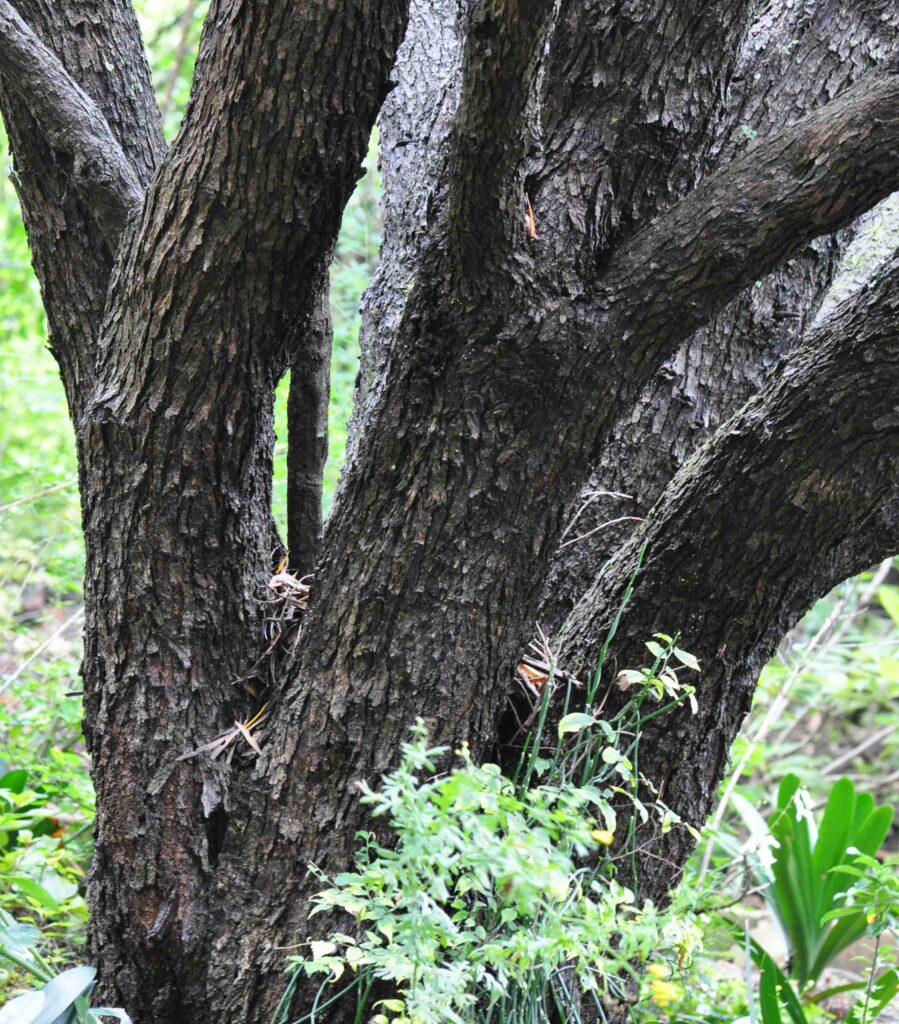
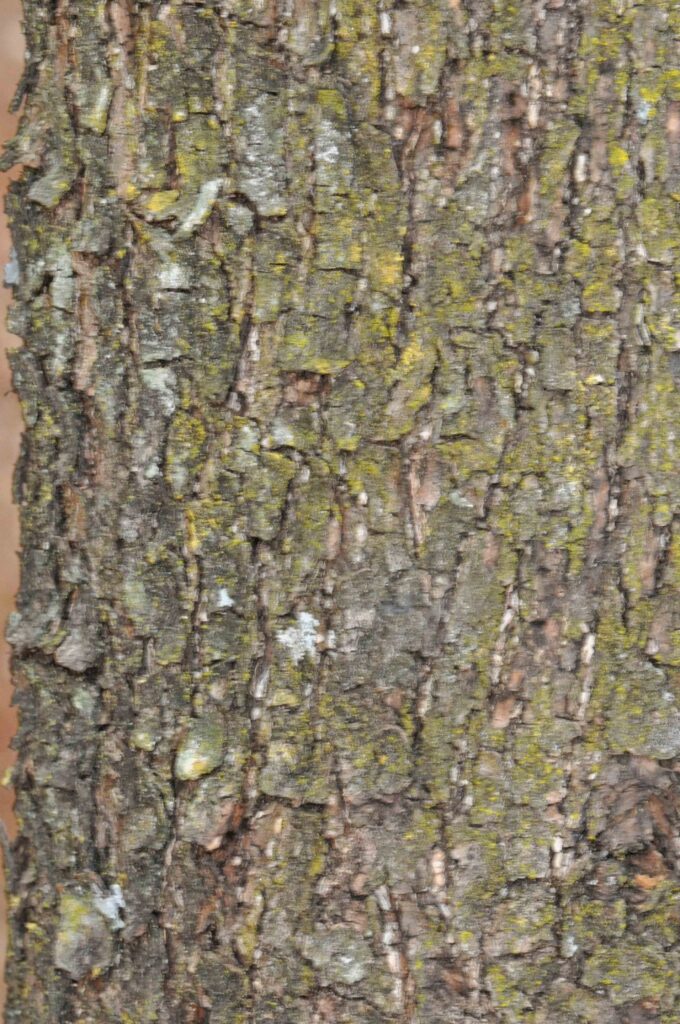
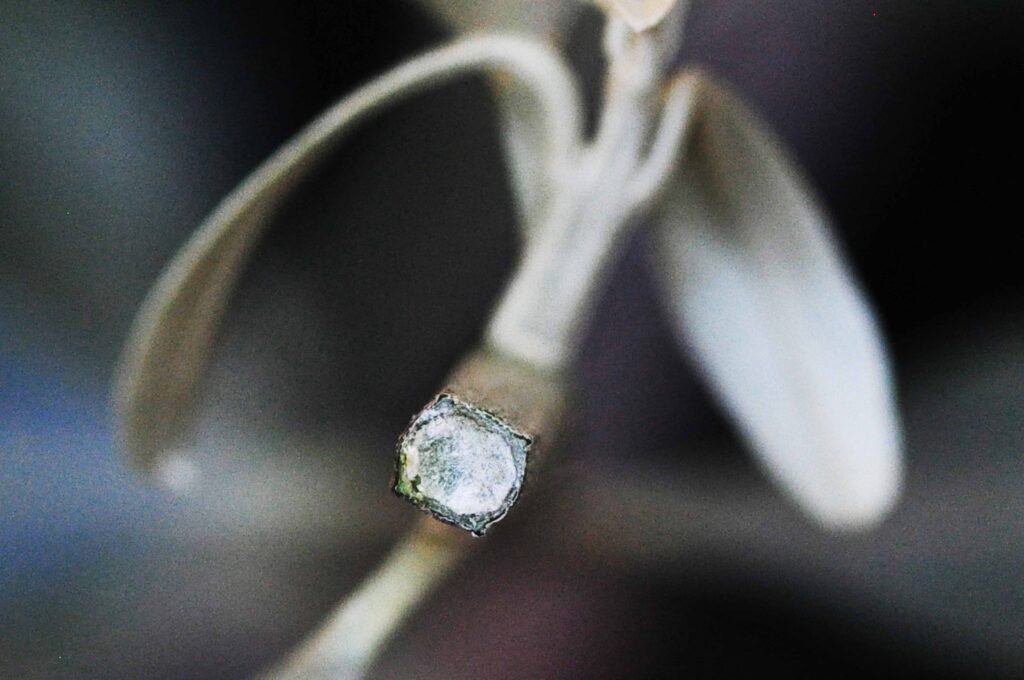
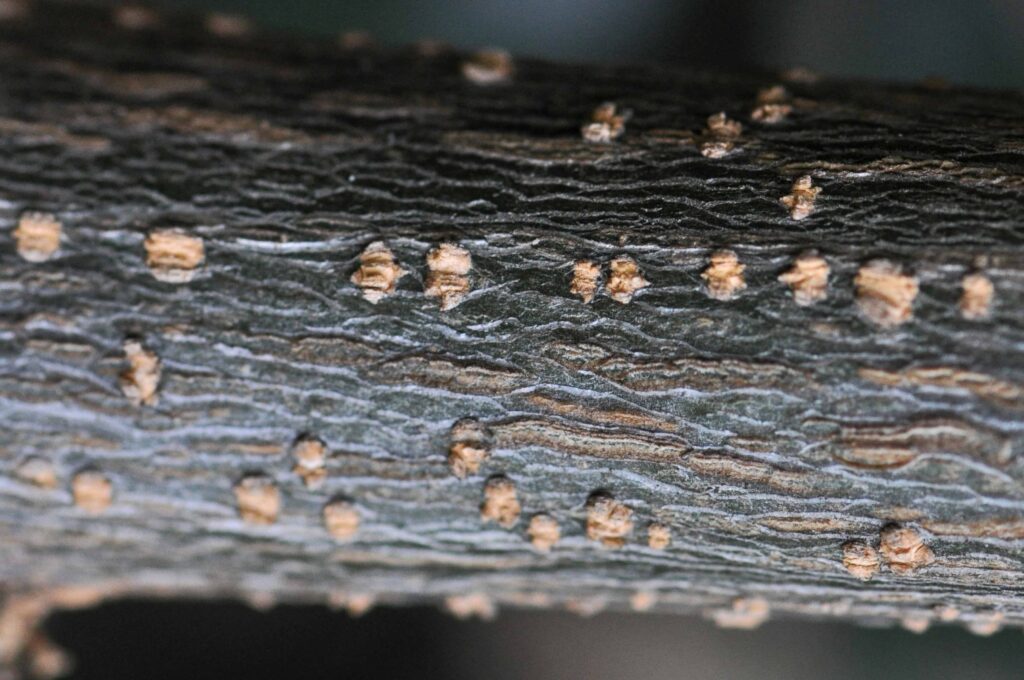


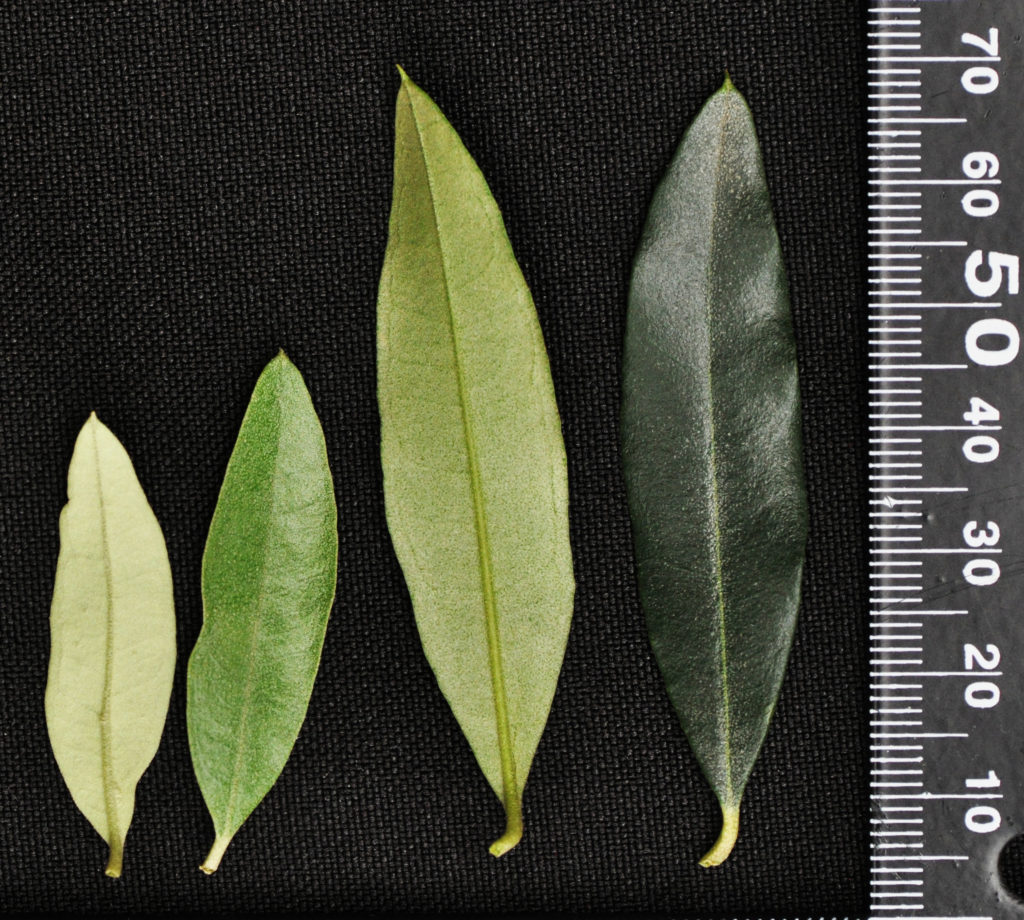
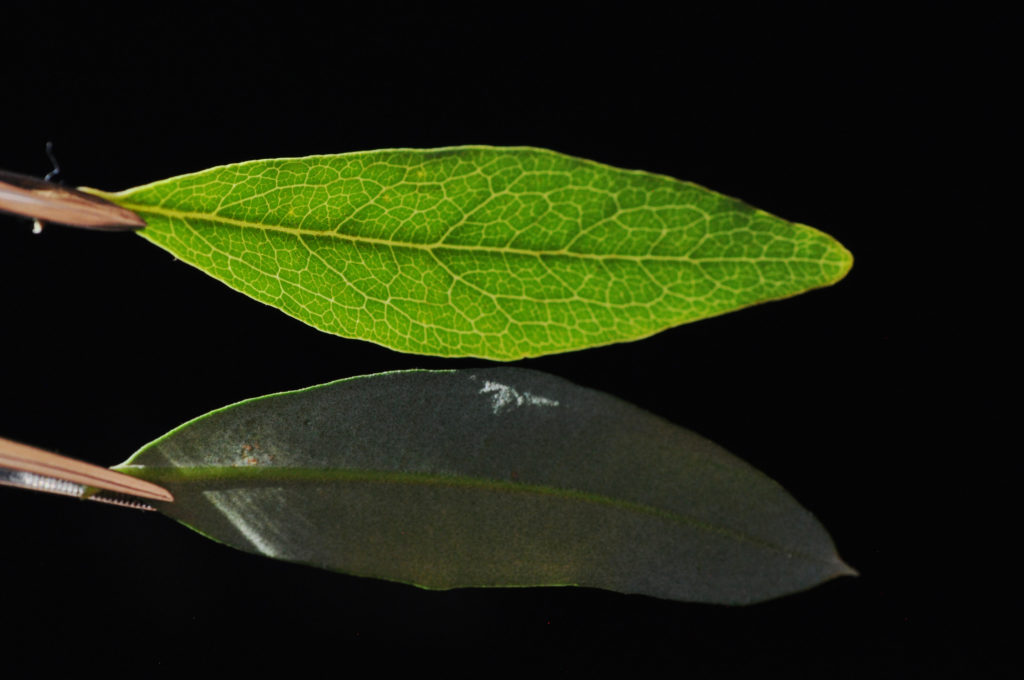
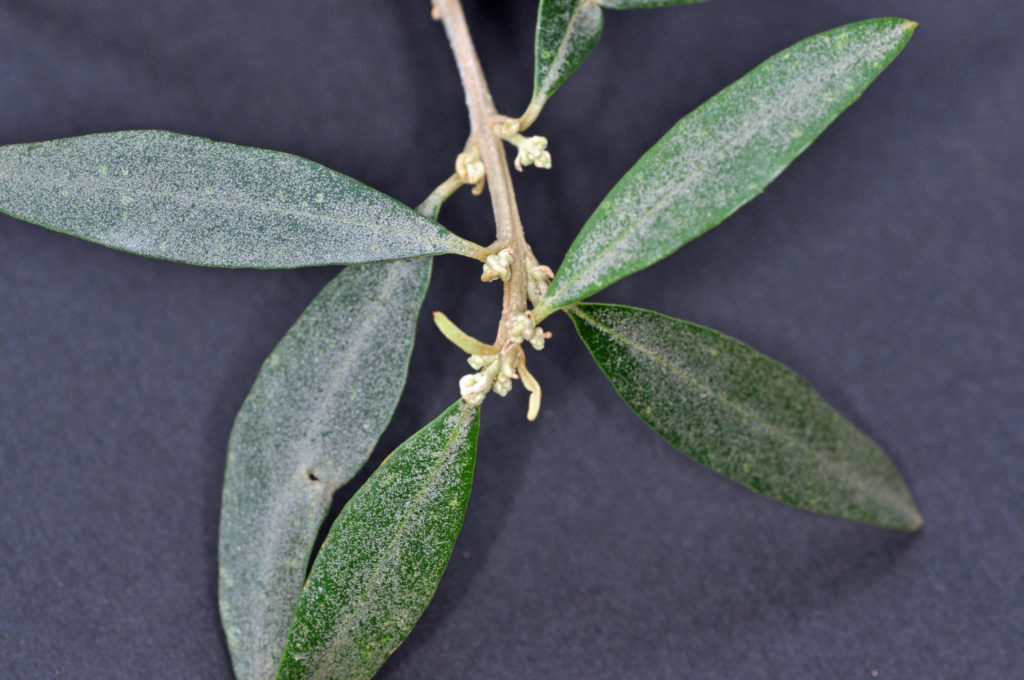
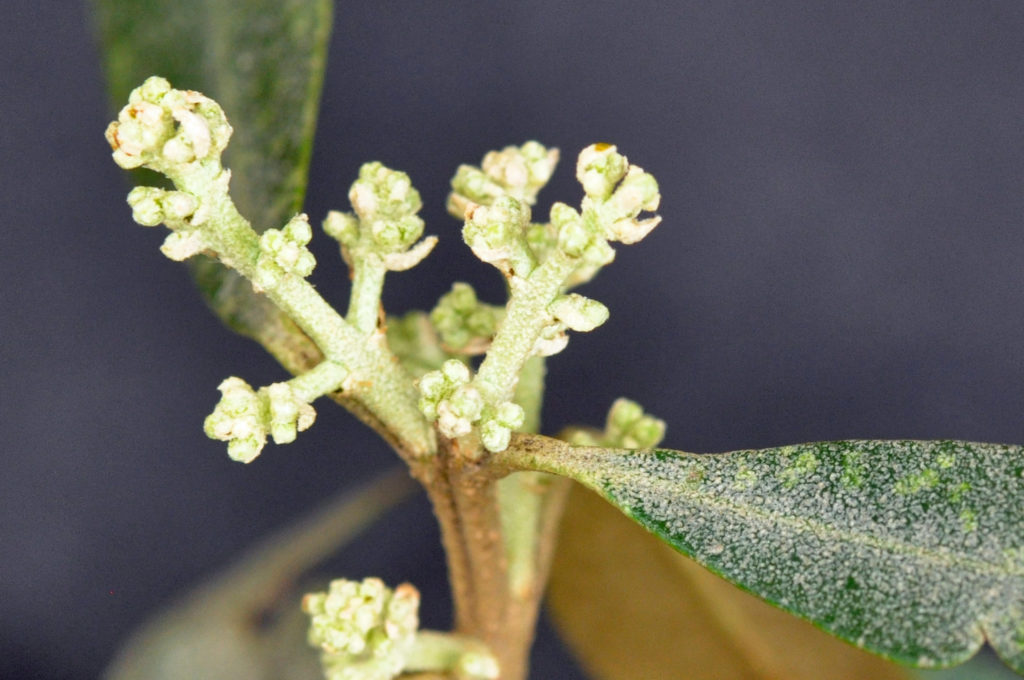
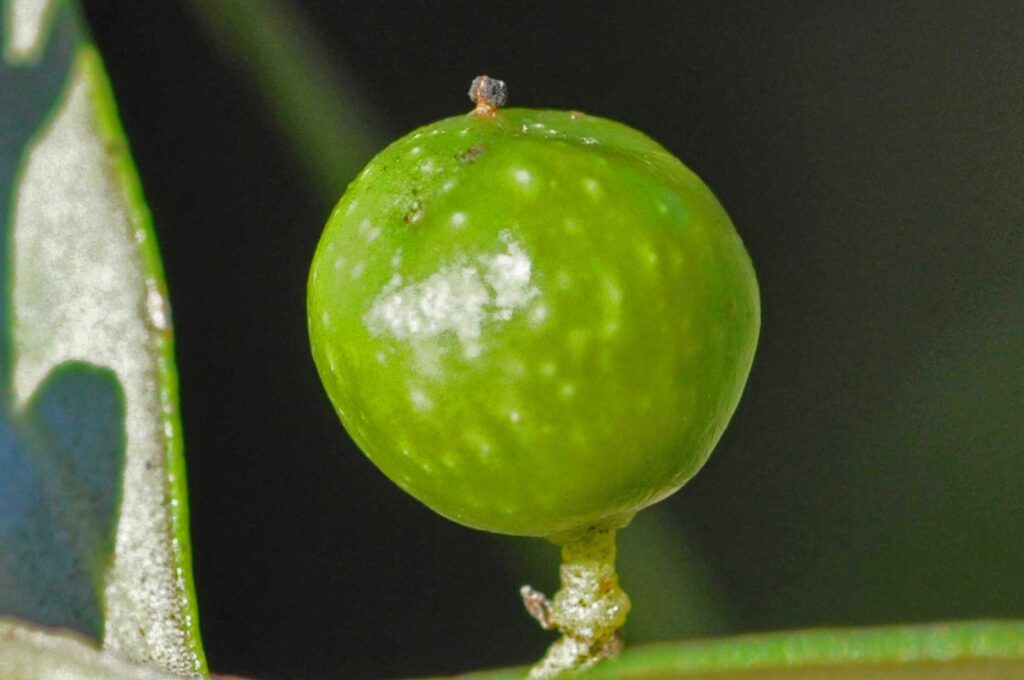
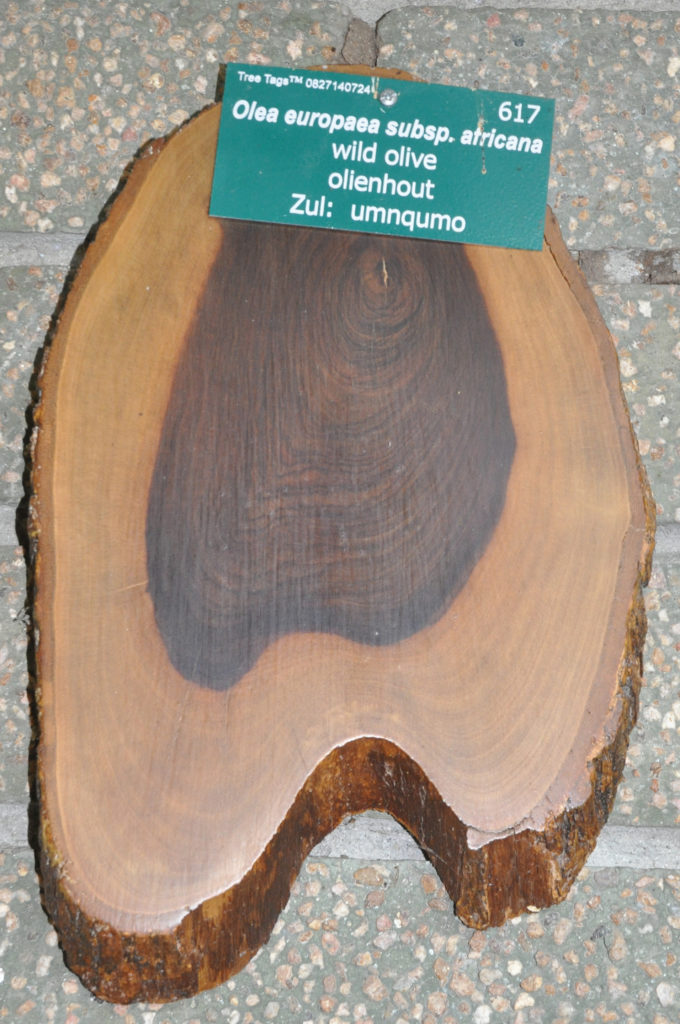
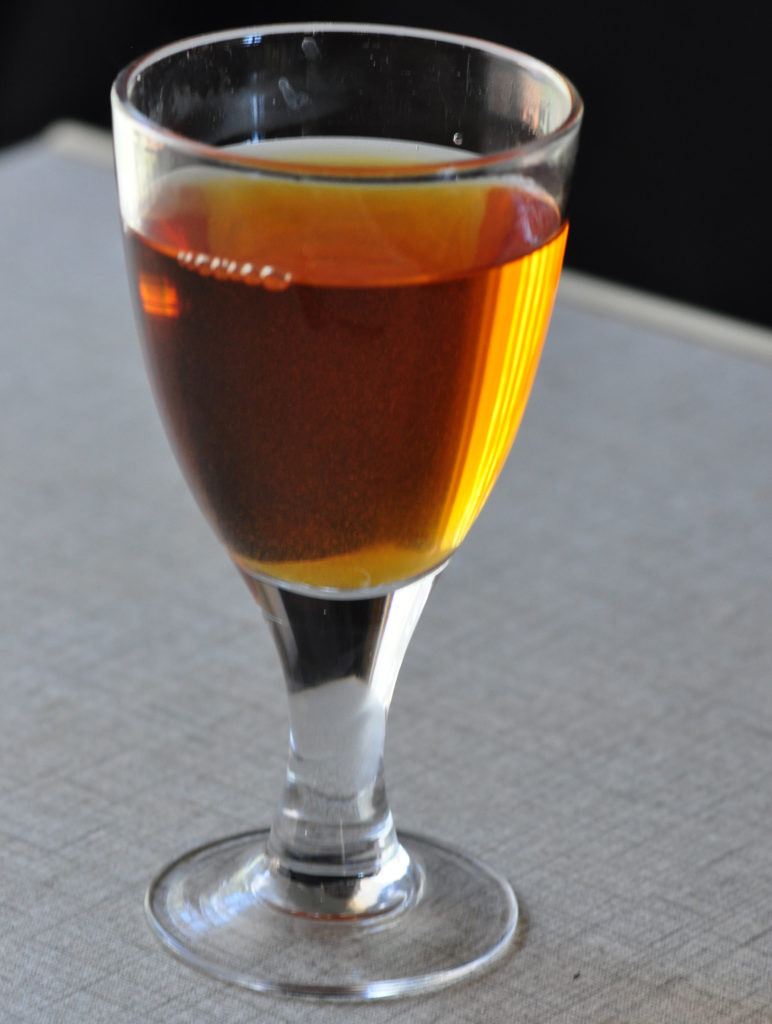

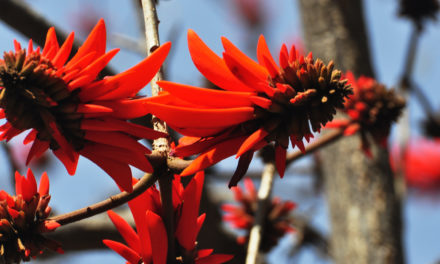
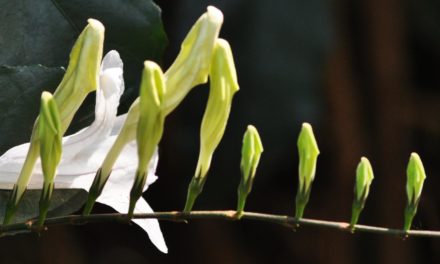
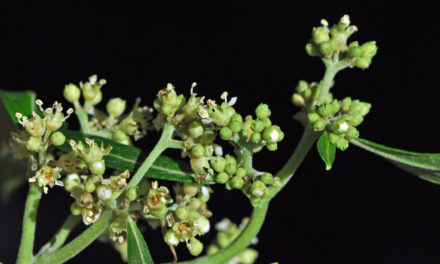
Good Day,
I was trying to read the notes about the flower of the African Olive only to find that, erroneously, the section talks about fruit of the tree. Please look at this section again, i am sure it neds to be corrected.
Otherwise your noted a very helpful and enhance my knowledge of our indigenous trees. i am a landscape designer hoping to pass on my skills to the younger generation since pension age is fast creeping on me.
Keep up being a good teacher.
Regards,
Greetings Dennis
Thank you for your comments. With regards to the fruit, I would appreciate it if you would be more specific with what you have identified as an error so that I can correct it. Pension age has already passed me!
Regards
David Becking.
Good day,
Do you perhaps know of anyone / farmer that sells the leaves? Wild Olive leaves?
Greetings Lucinda
I do not know of any seller of the leaves. This Tree is widespread in various habitats occurring in all South African provinces. Local nurseries may allow you to take a few. After that you might consider planting one yourself. More ideas on my website:
http://treesa.org/olea-europaea-subsp-africana/
Take care.
David Becking